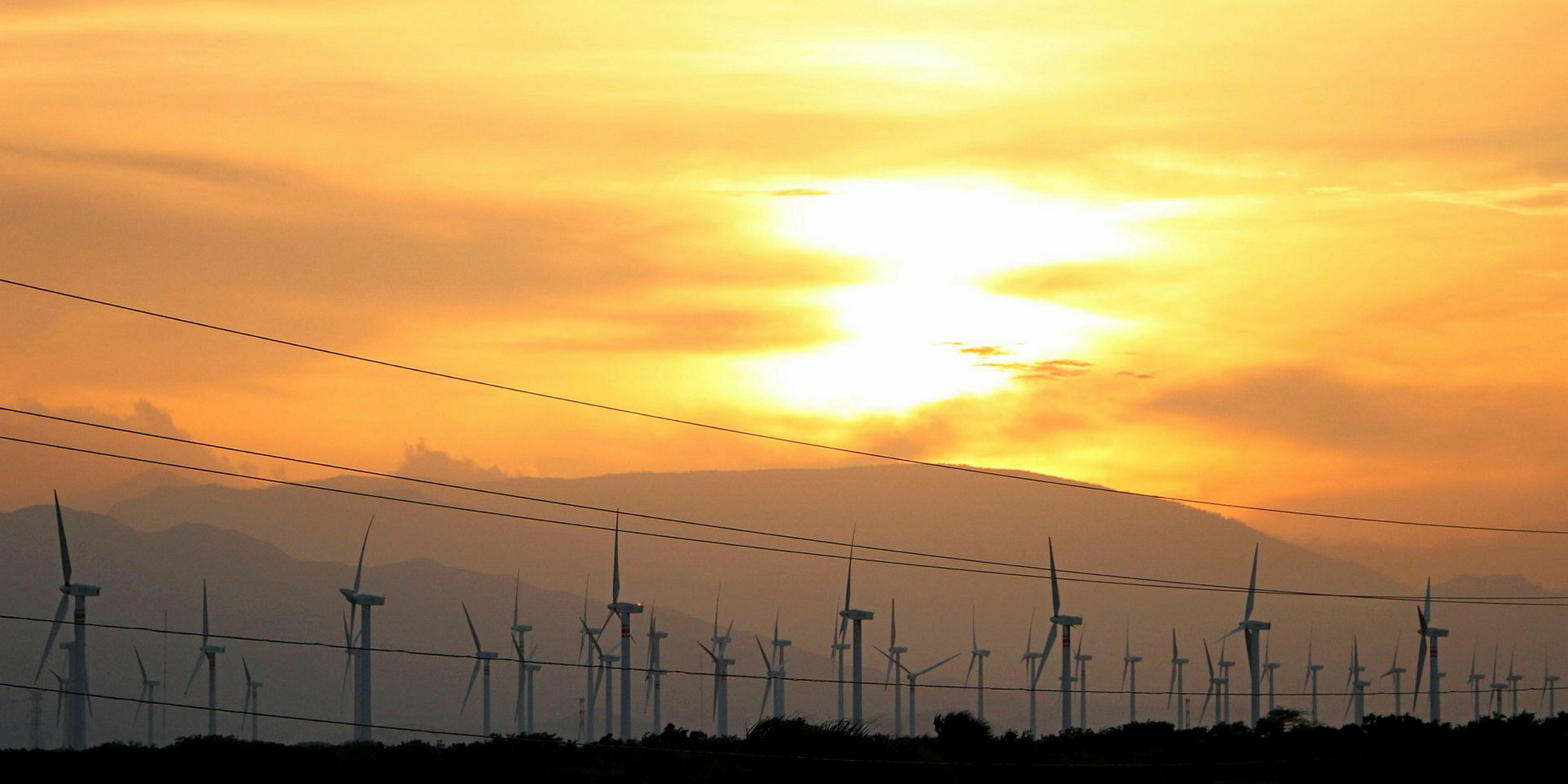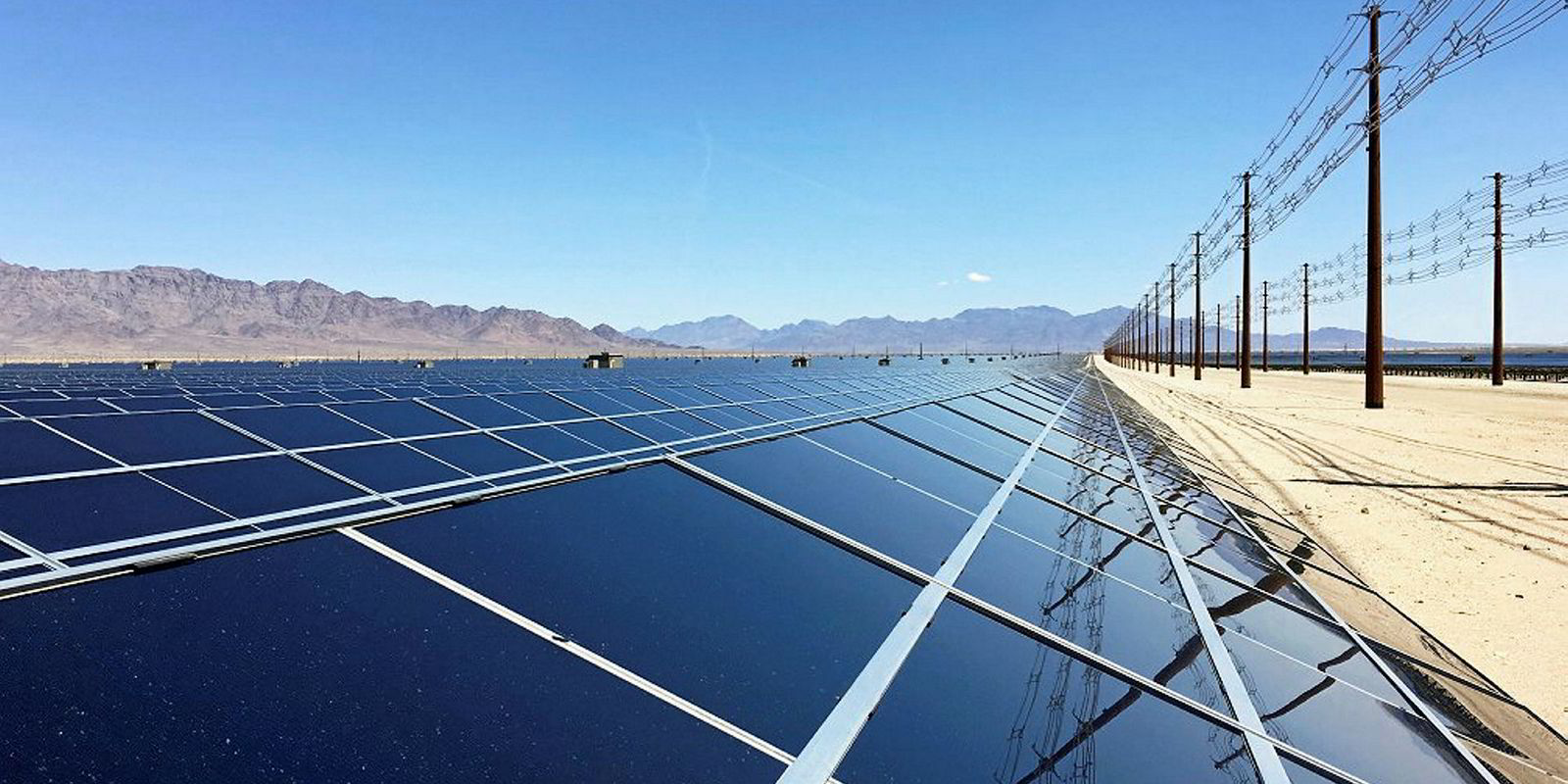After Mexico’s competitive tenders destroyed preconceptions of expensive renewables, the local wind industry believes that in 2018 the government should focus on bringing down the two main barriers to the development of the sector – transmission grid bottlenecks, and clearer social and regulatory clarity.
“The urban legend that renewables are very expensive has been taken down by the Mexican auctions, which saw some of the lowest prices in the world,” the executive director of the Mexican Wind Power Association (AMDEE) Hector J Treviño tells Recharge. November's tenders saw wind reach an all-time low of $17.70/MWh.
“But in 2018 we have two big challenges: eliminate the transmission bottlenecks, and make the regulations for social and environmental impacts consultation processes clearer.”
From a power sector monopolised by state entity CFE Mexico has reformed its energy sector since 2015, opening it up to private and foreign investment which, in renewables, relies on yearly auctions to ensure that the country meets its 35% clean-energy supply target by 2024.
At the same time, large consumers are also allowed to buy electricity directly from generators or build their own plants, which led to the creation of the wholesale power market in the country that started operating last year.
So from just under 2GW of wind in 2013, Mexico ended 2017 with 4GW – which is set to more than double again by 2019. About 60% of that, says Treviño, was contracted in the tenders and the rest will be built to supply power to the non-regulated market, as CFE is forced to loosen its grip on transmission and distribution in the coming years.
However, as the government prepares for its fourth long-term tender this year, investors are keen to overcome some hurdles to maintaining the growth of wind in a country with a potential of over 50GW.
The first, says Treviño, is to speed up the expansion of the country’s 45,000km transmission grid.
“This year we hope the government will hold a tender for new transmission grids that could allow investors to build wind farms not only in prime wind regions such as Oaxaca, but in other states that also have good winds. We are very excited about this,” he says.
Although first announced in 2016, the transmission tender only started to take shape from mid-2017, with draft tender rules for the first 1,400km line that will connect the country’s Northwestern states such as Baja California, Hermosillo and Sonora to grid.
According to the government, Mexico needs to invest more than 200bn pesos ($11bn) by 2031 to build 23,000km of new transmission lines.
The second big challenge where Treviño hopes for progress this year is new regulations over social and environmental impact studies.
Currently the government is carrying out public consultation on reform of 1990 legislation that forces all infrastructure projects to consult local and indigenous communities. Although following the reform the energy ministry said all projects had to carry out impact studies, it is as yet unclear in which cases or how public consultation work
“The law states that all projects need to implement ‘prior, open and informed public consultation’ but it is not clear,” says Treviño.
He points out that the lack of clarity exposes projects to pressure groups that for economic or political reasons are against wind farms.
“When you write open public consultation it means that pressure groups from outside the region of the project can interfere,” he says.
Although a draft proposal has been published for public consultation, the government has yet to compile all the changes, which Treviño hopes will be concluded this year.
Another option, he says, will have to wait for congressional approval of a couple of bills that also regulate this issue. But in an election year “politicians are concerned with other things”.
On this year’s gubernatorial and presidential elections, Treviño was also optimistic that there would be no change in the reform process because of the results of the tenders, and because of the political support it enjoys.
The main opposition presidential candidate Andrés Manuel López Obrador has said he could reverse the process.
“The reform was approved in congress and now half of the legislative bodies in the states, so success of the energy reform that has brought foreign direct investment and employment will make it hard for it to be rolled back,” Treviño says.
The Global Wind Energy Council will hold its latest webcast, 'Doing Business in Mexico', on Monday 29 January at 1500 CET. More details and registration are here.


